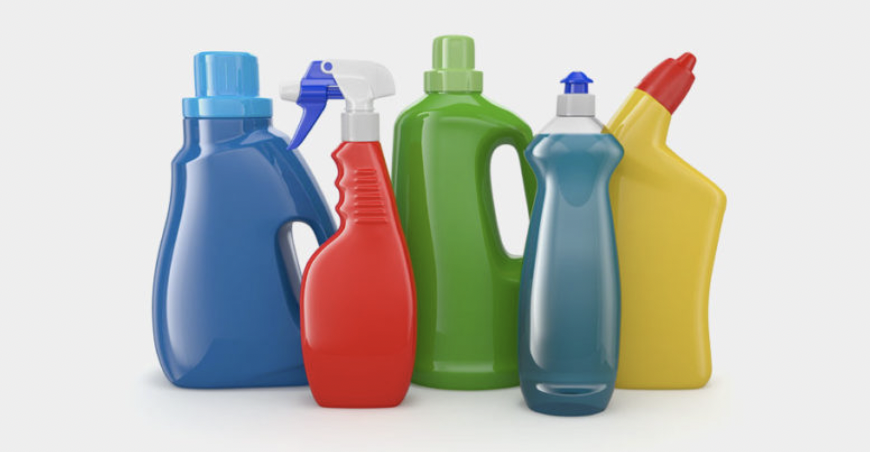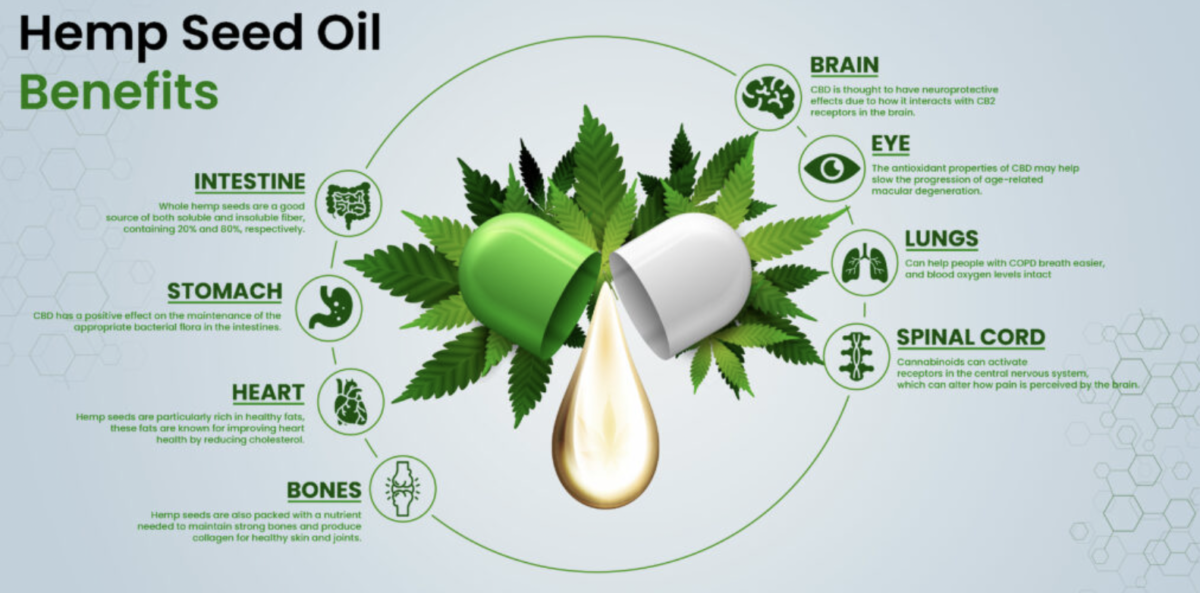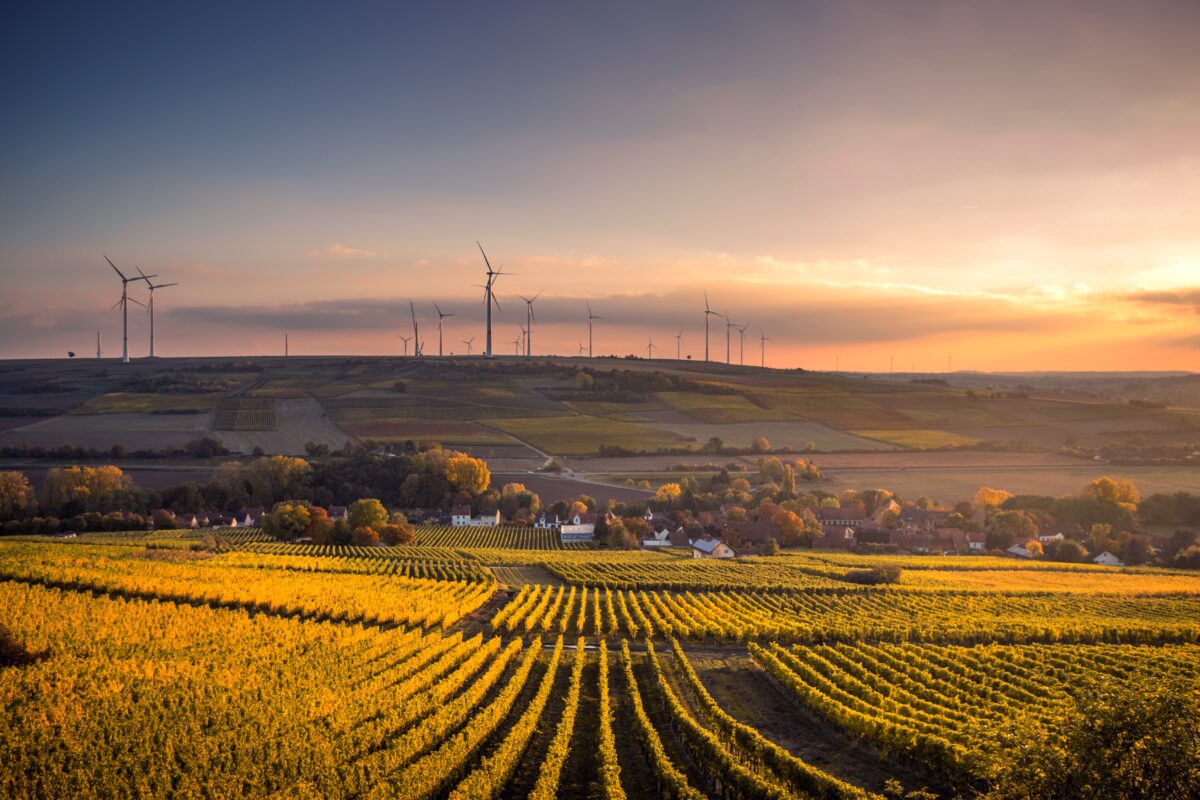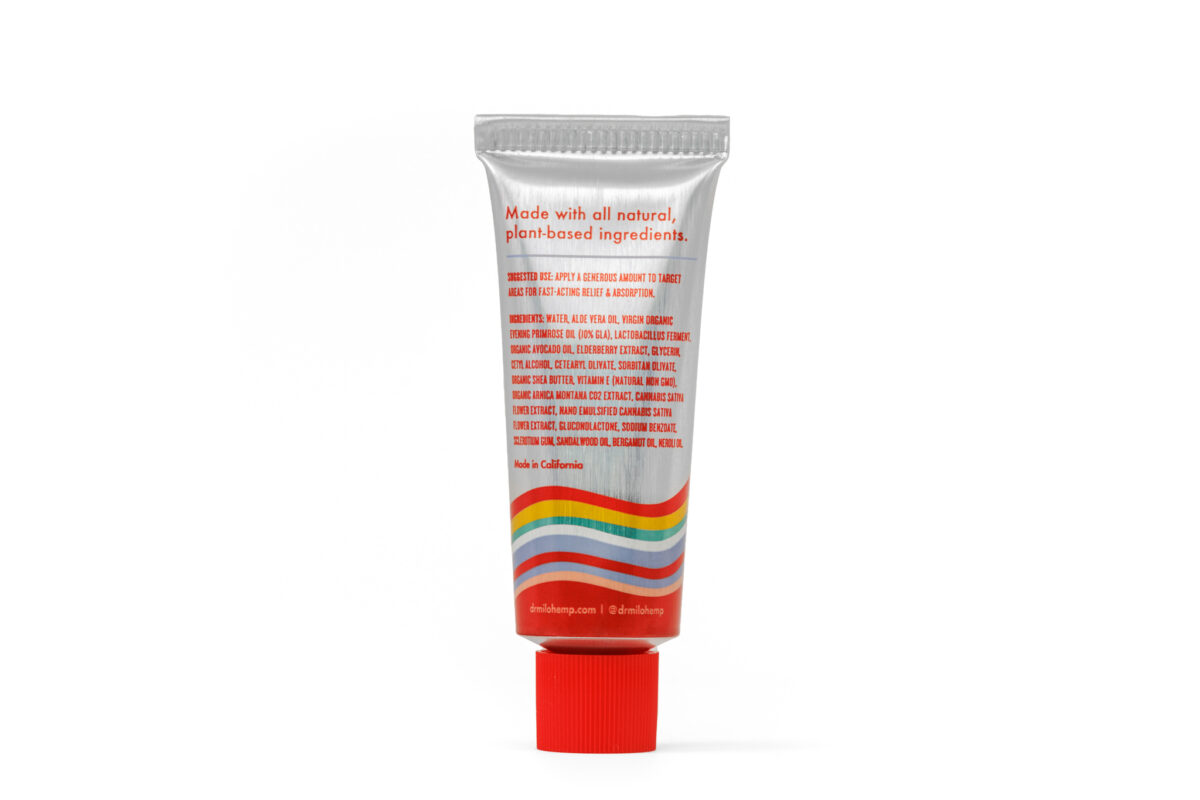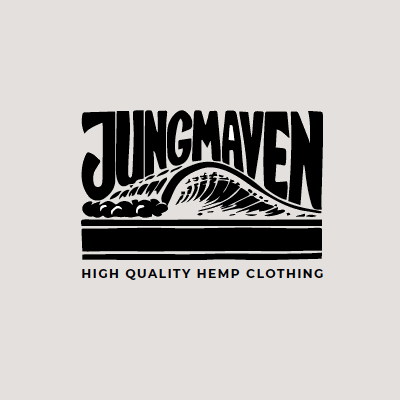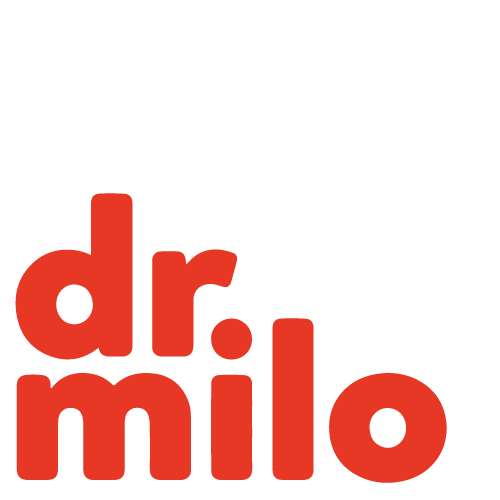The terms “cannabis” and “hemp” are often used interchangeably, but many people don’t understand the real difference between them. While both plants originate from the same species of plant, Cannabis sativa, they have very different uses and properties. They are more like Cousins. Cousin plants. Let’s take a closer look at how cannabis and hemp differ. Clue: There’s totally a difference.
The Legal Status of Cannabis vs Hemp
One of the biggest differences between cannabis and hemp is their legal status. In the United States, cannabis has been federally illegal since 1937, when it was added to the Marijuana Tax Act. On the other hand, hemp is federally legal in all 50 states as long as it contains less than 0.3% THC (the psychoactive ingredient in cannabis)- like our Topical Relief Lotion. As a result, hemp products such as CBD oil are widely available in stores across the US.
Chemical Profile of Cannabis vs Hemp
Cannabis plants contain over 500 different chemical compounds, including cannabinoids like tetrahydrocannabinol (THC) and cannabidiol (CBD), terpenes, flavonoids, essential oils, fatty acids, minerals, vitamins and more. What wonderful flowers! Hemp plants contain many of these same compounds but at much lower concentrations than those found in high-THC cannabis strains. That is why hemp is not considered psychoactive like cannabis; there simply isn’t enough THC present for it to produce any kind of mind-altering effect on users.
Uses for Cannabis vs Hemp
Cannabis is primarily used for recreational or medicinal purposes because of its high levels of THC; although some strains may also be used for therapeutic benefits due to their higher levels of CBD or other non-psychoactive compounds such as terpenes or flavonoids. On the other hand, hemp is primarily used for industrial purposes such as making paper, fabrics or rope due to its low levels of THC – although some people do use it medicinally because it does contain trace amounts of CBD which can provide therapeutic benefits without causing any kind of intoxication or euphoria.
While both cannabis and hemp come from the same species of plant – Cannabis sativa – they have very different uses and properties due to their varying chemical profiles and legal status. It’s important to understand this distinction before purchasing any kind of product derived from either one so that you know exactly what you’re getting into! By educating yourself about these two distinct varieties of Cannabis sativa, you can make an informed decision about which one best fits your needs – whether they be recreational or medicinal in nature.
Purchase our Cannabis Sativa Hemp Lotion here!


